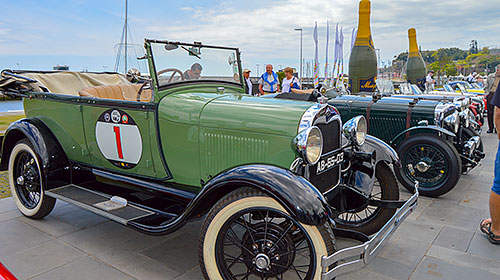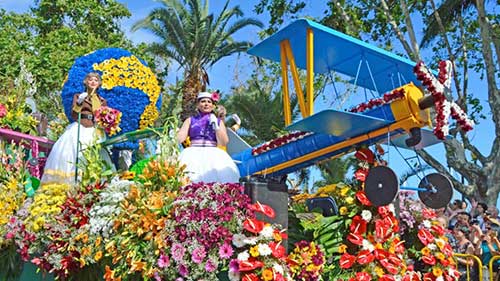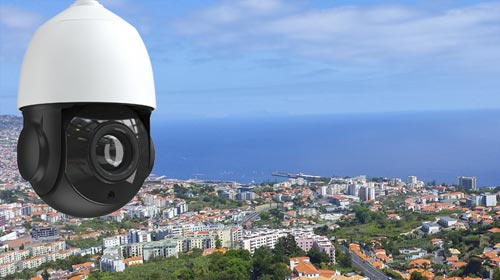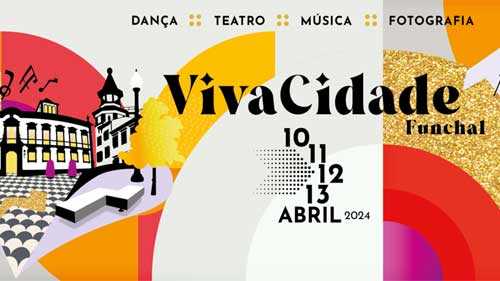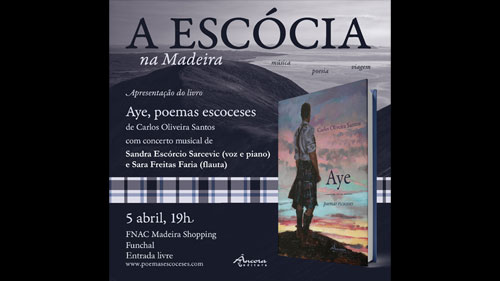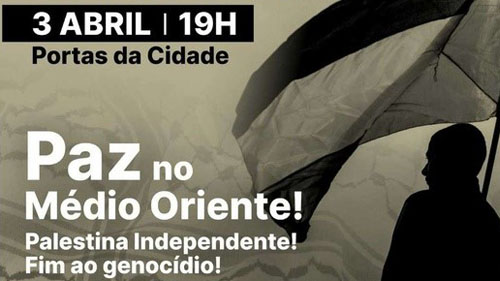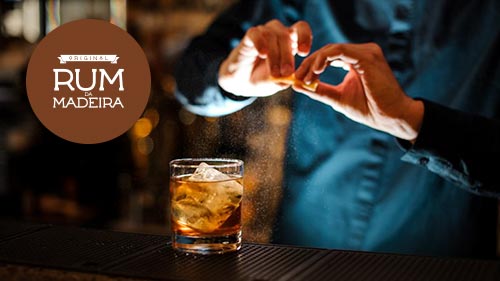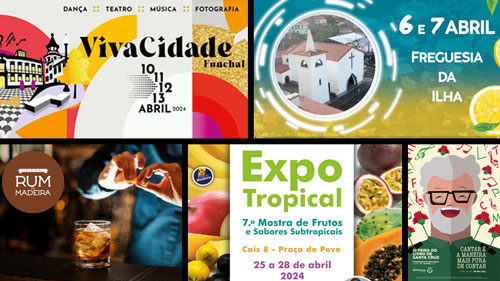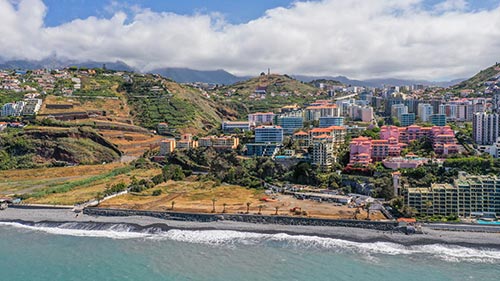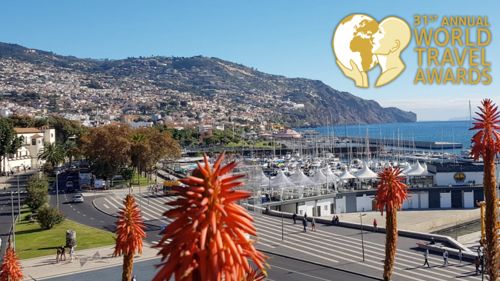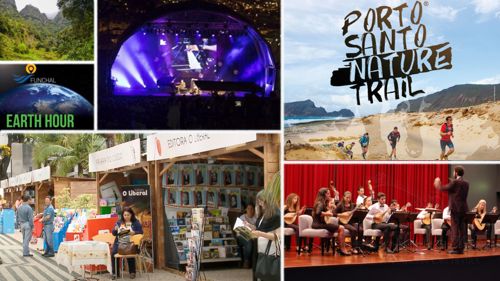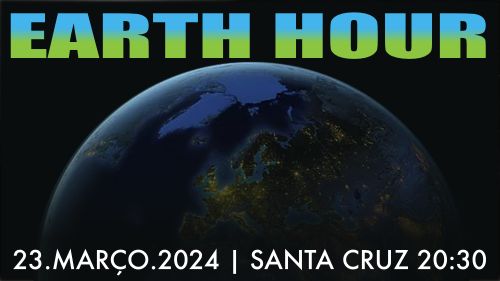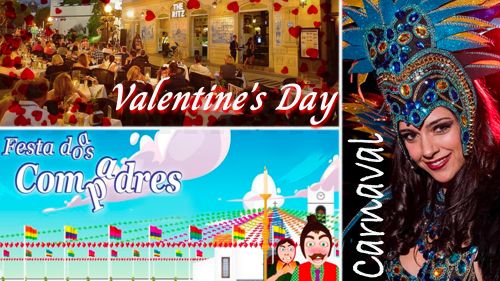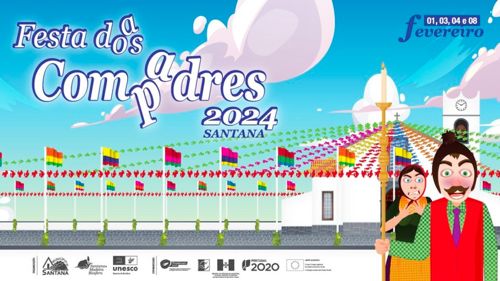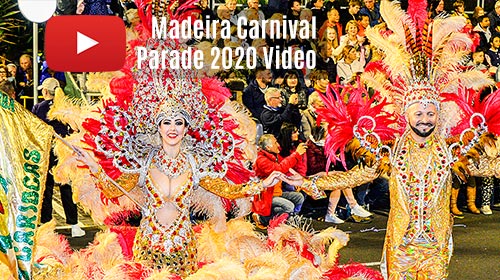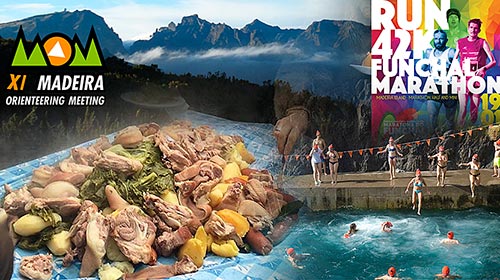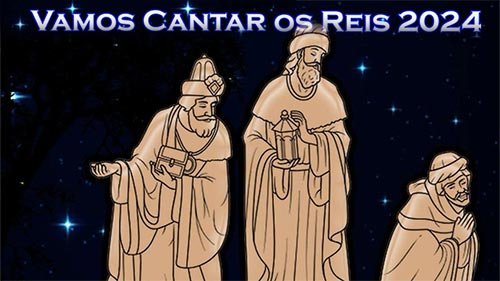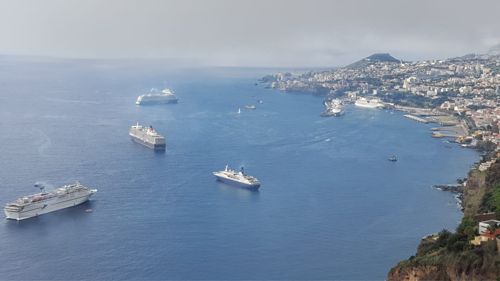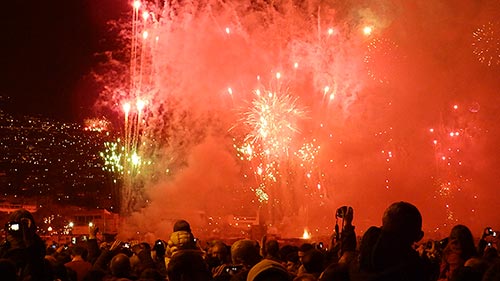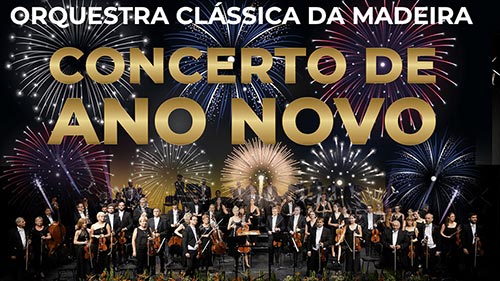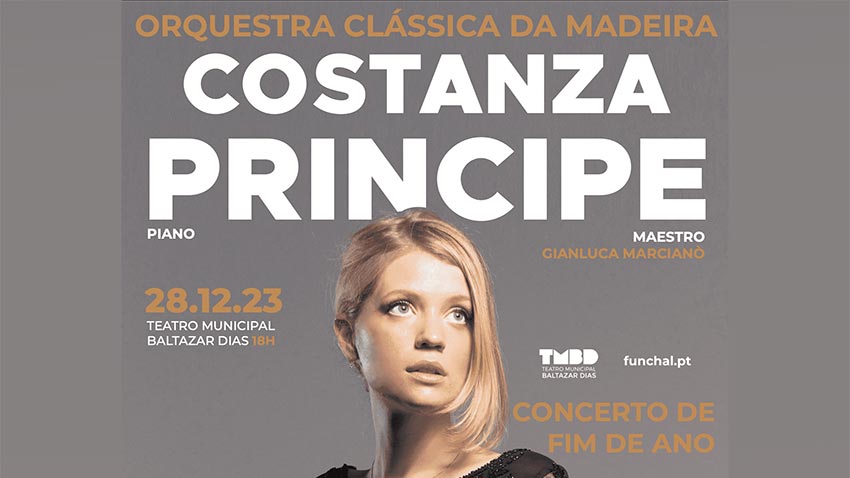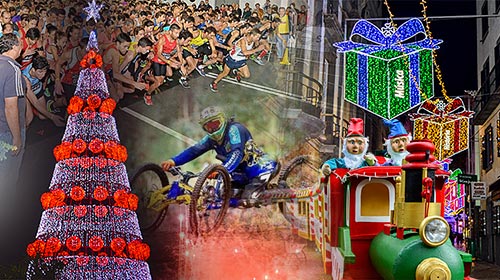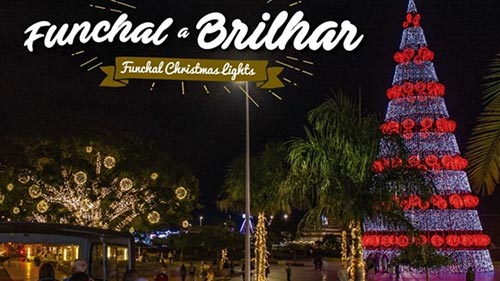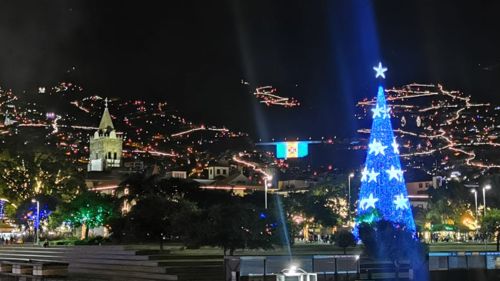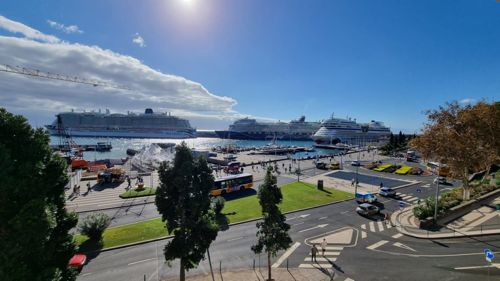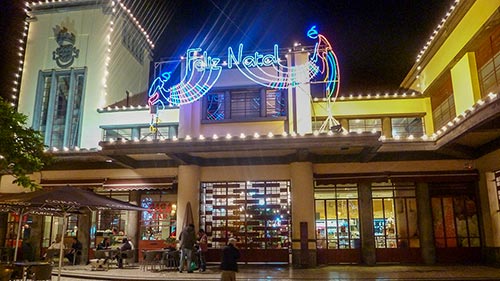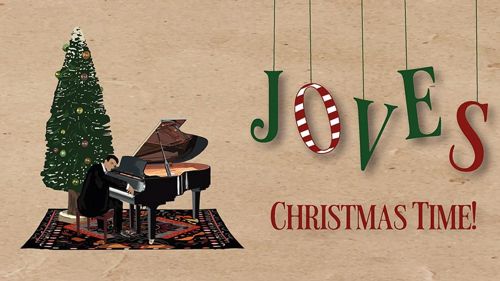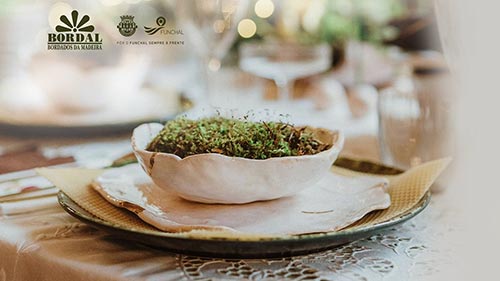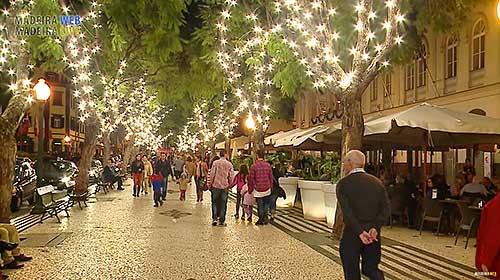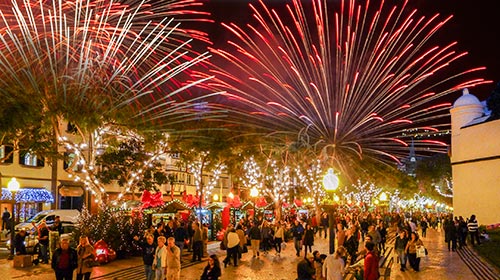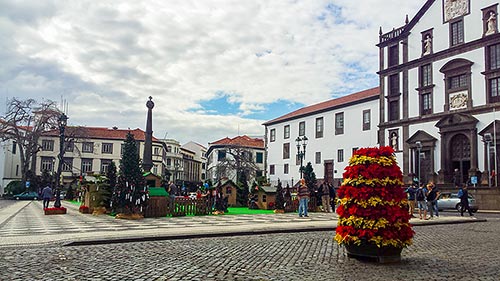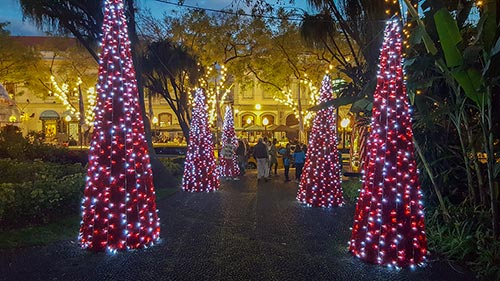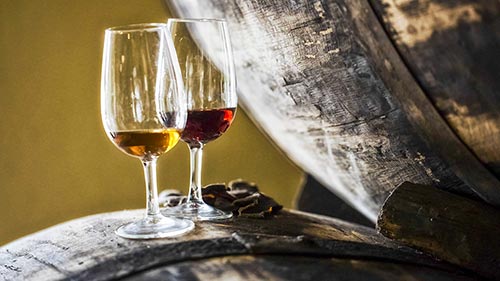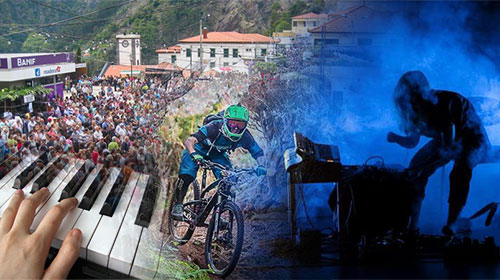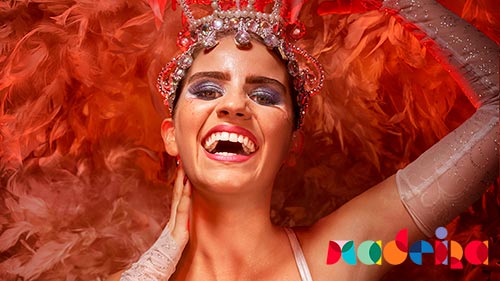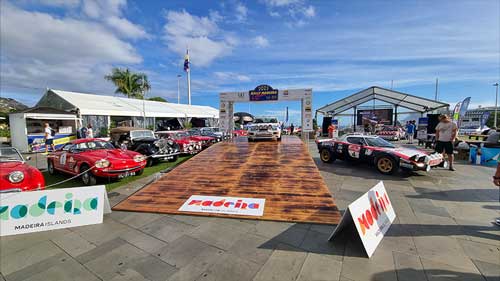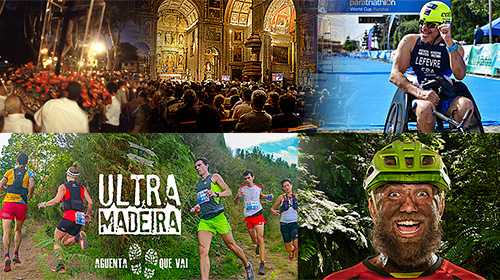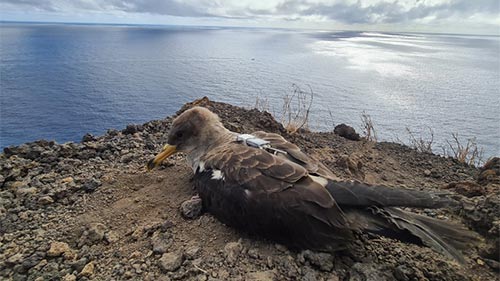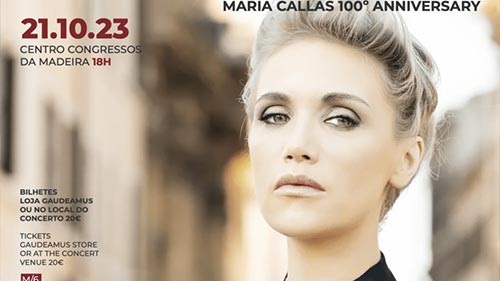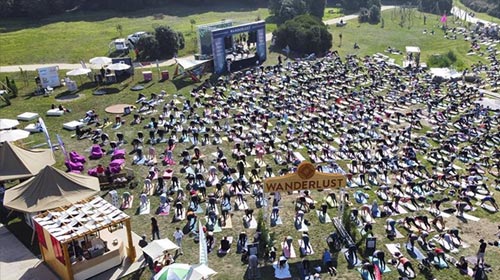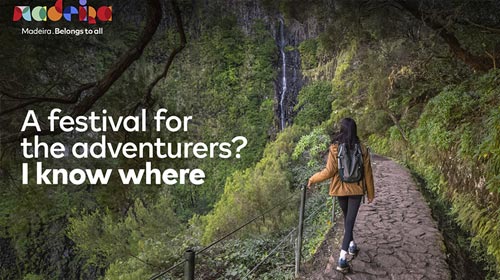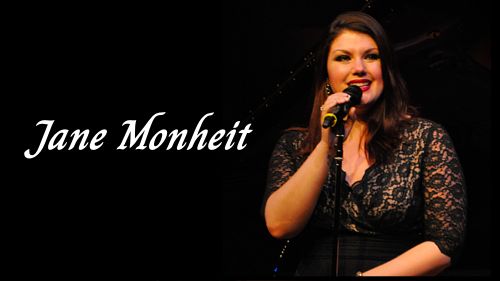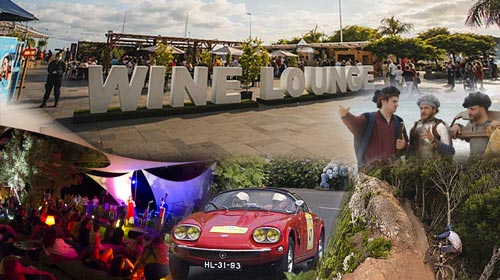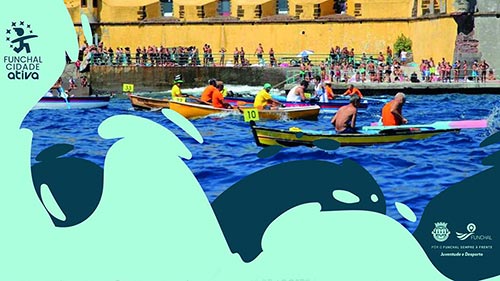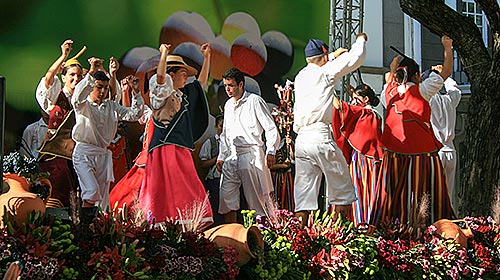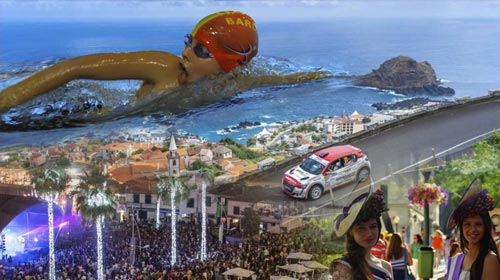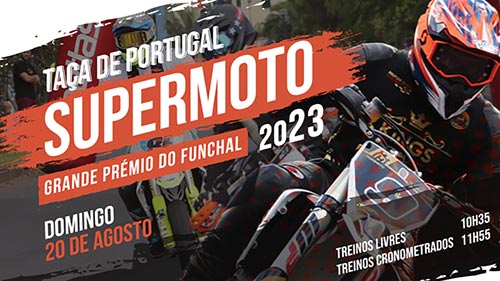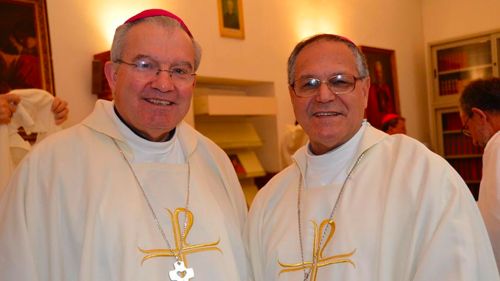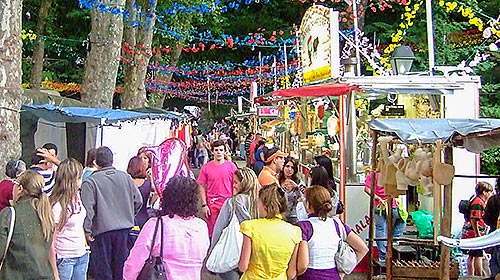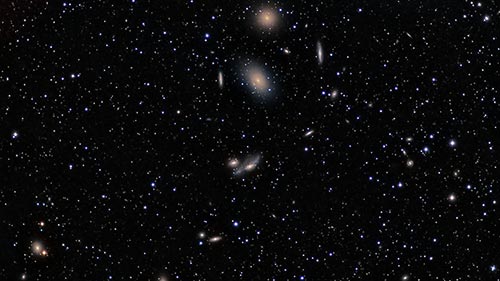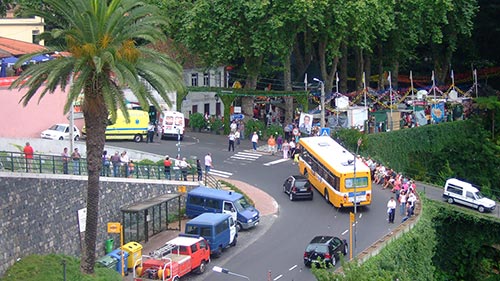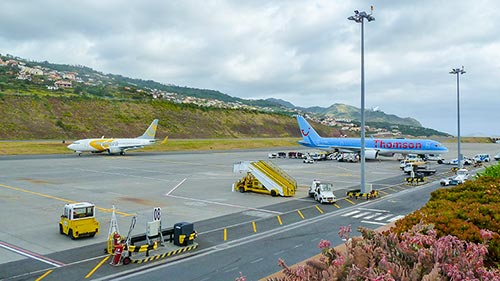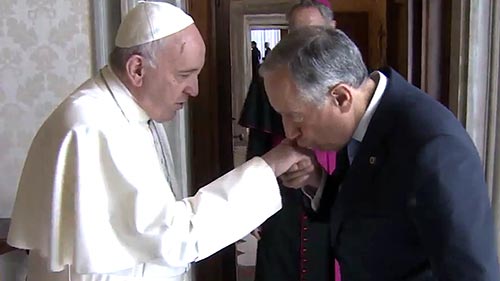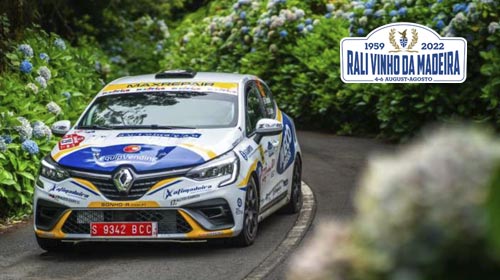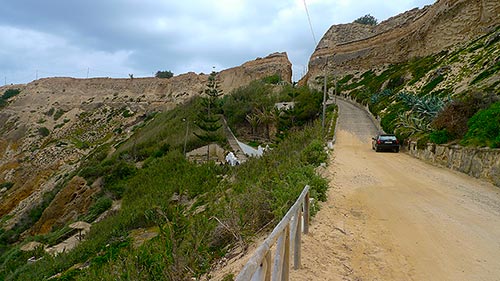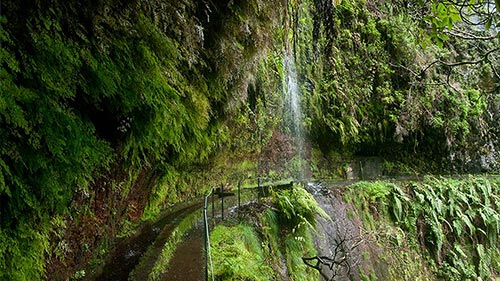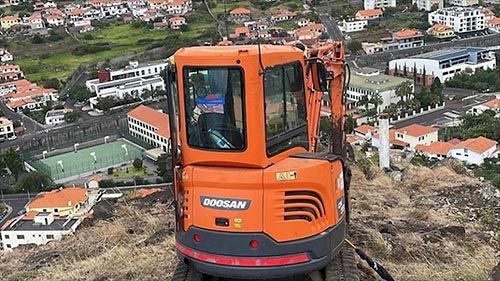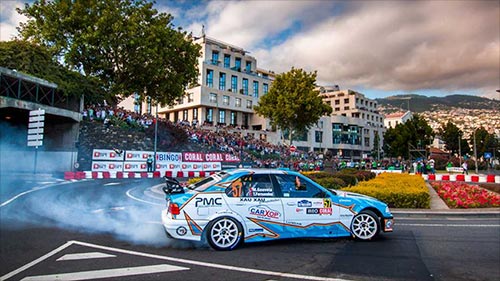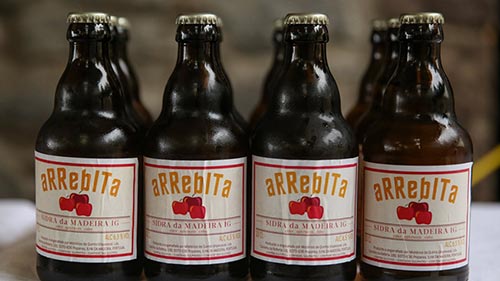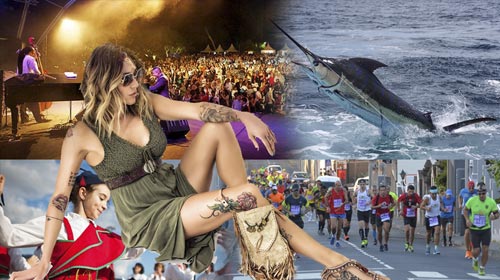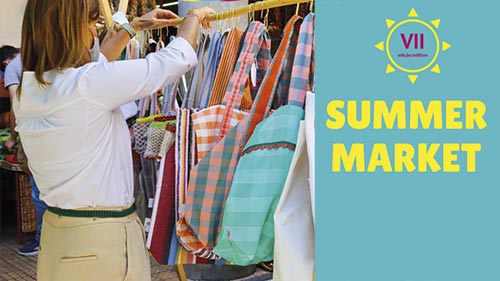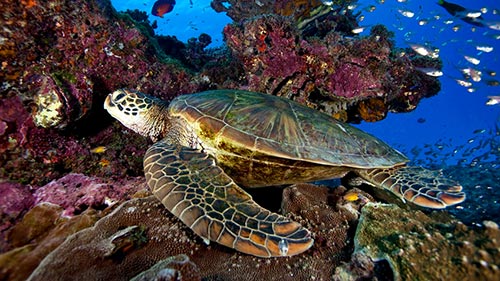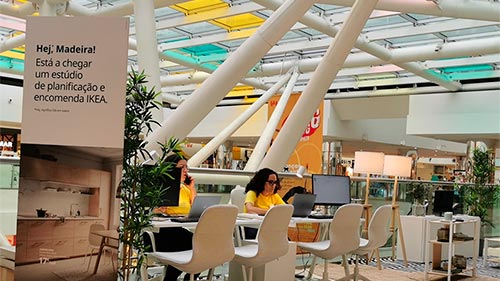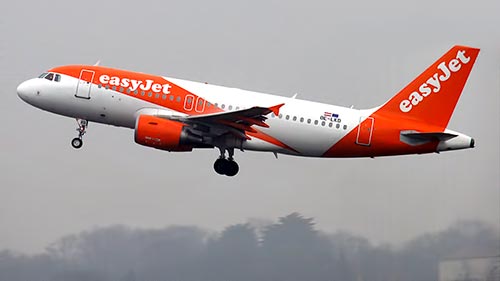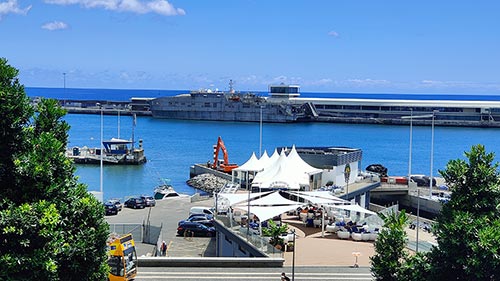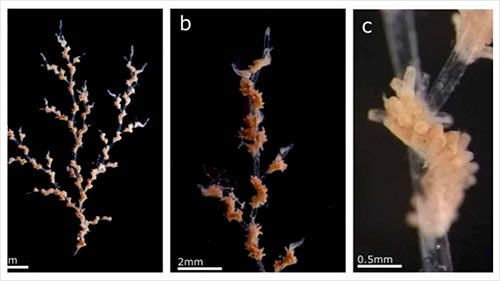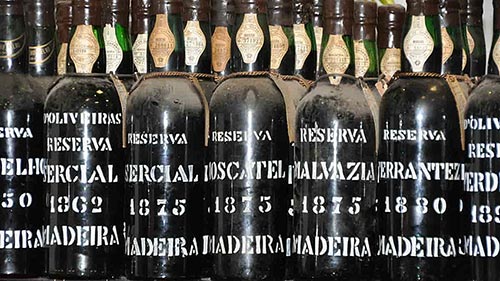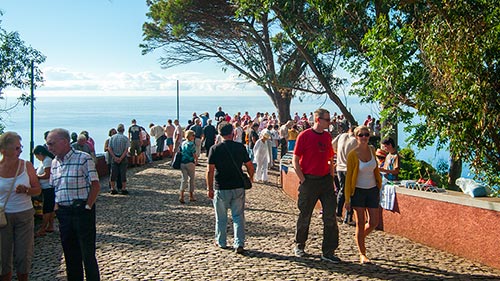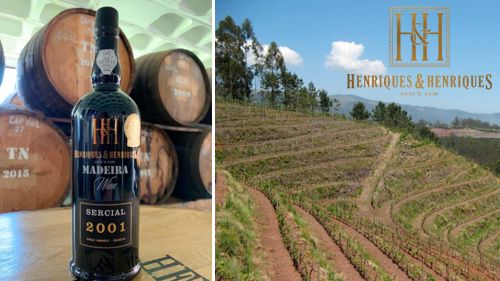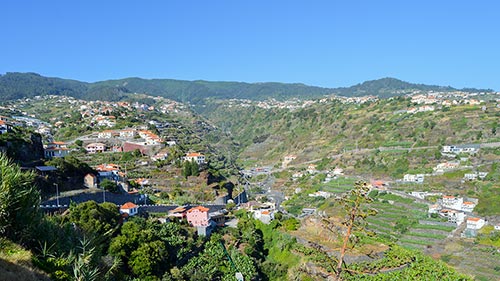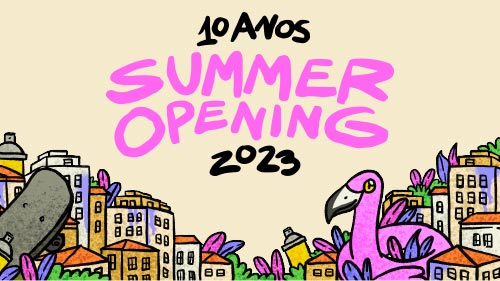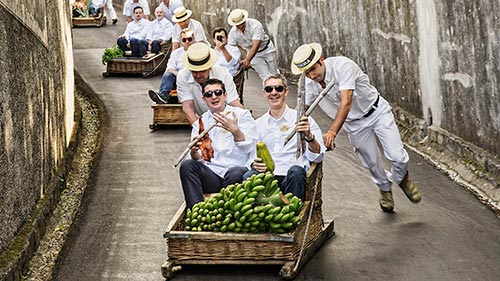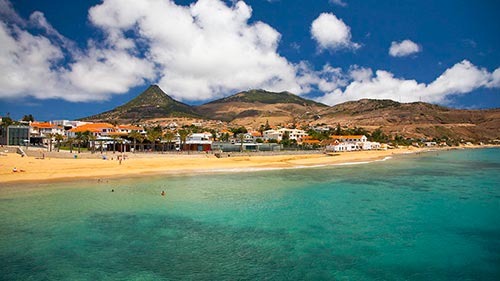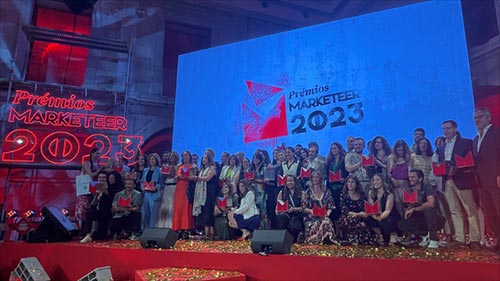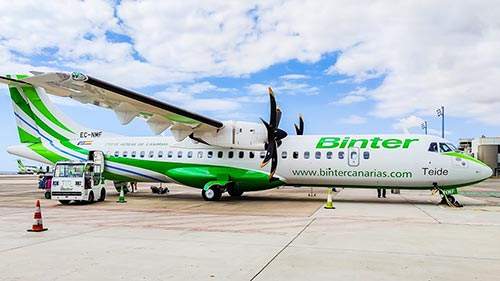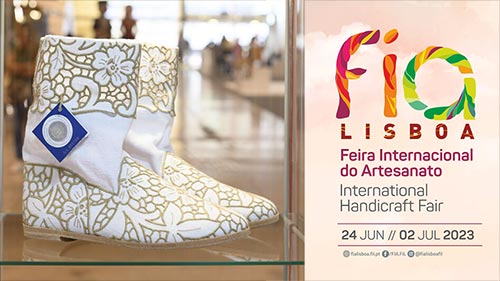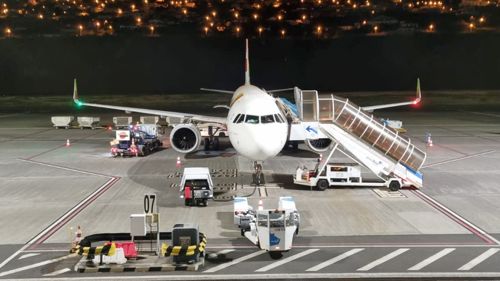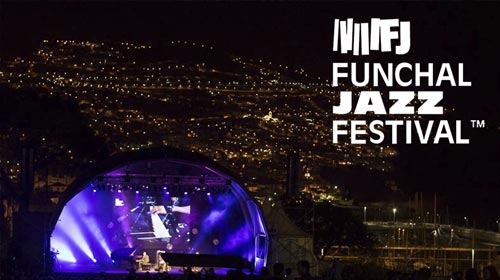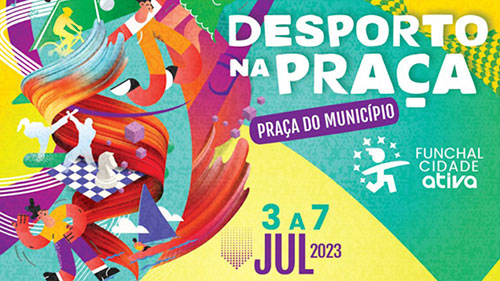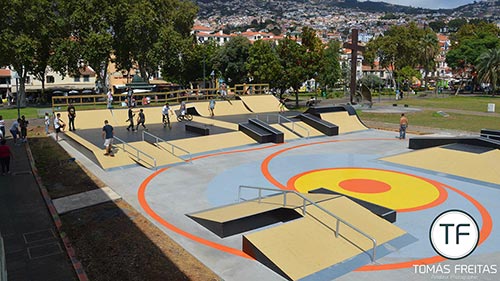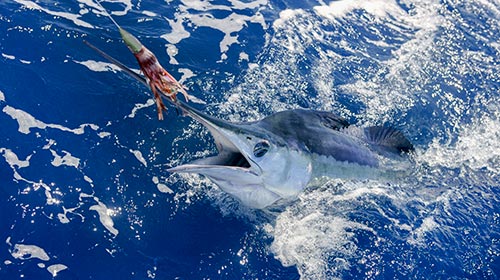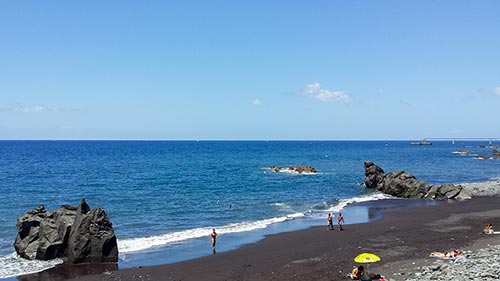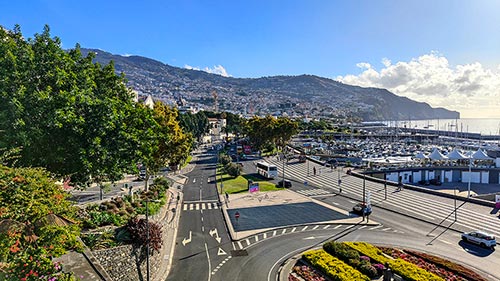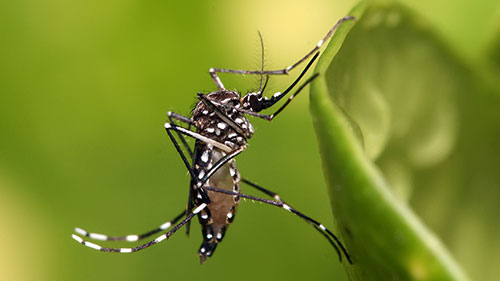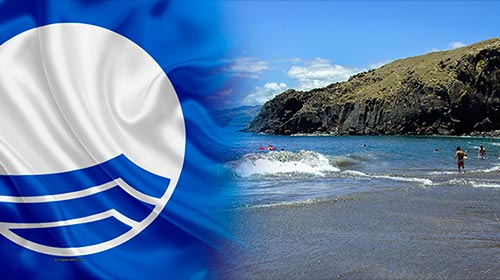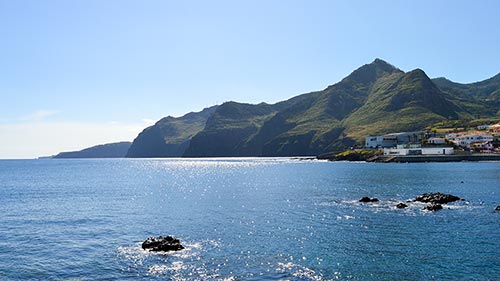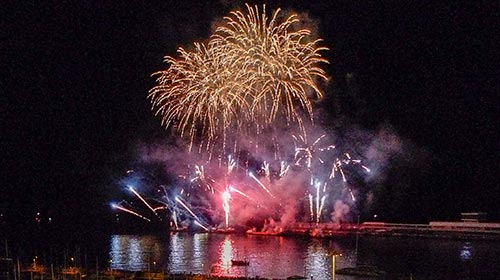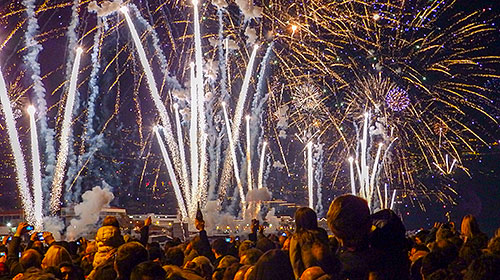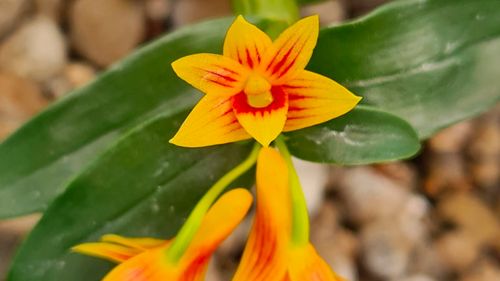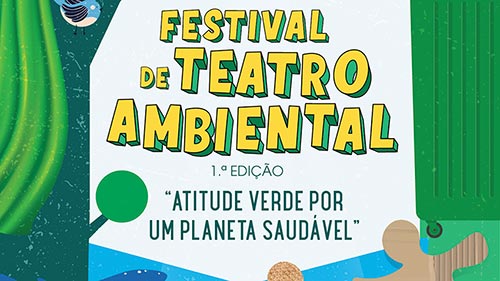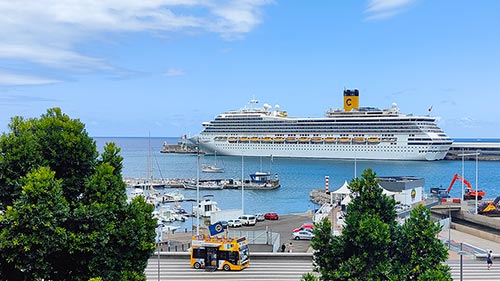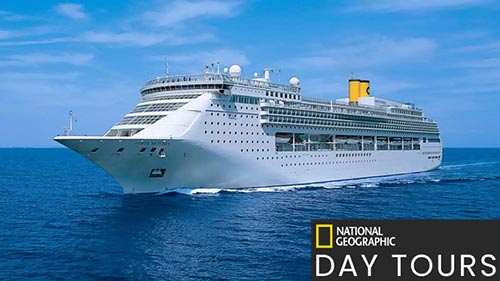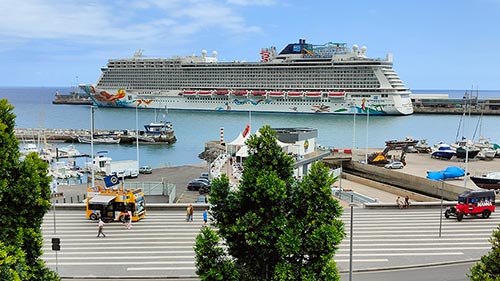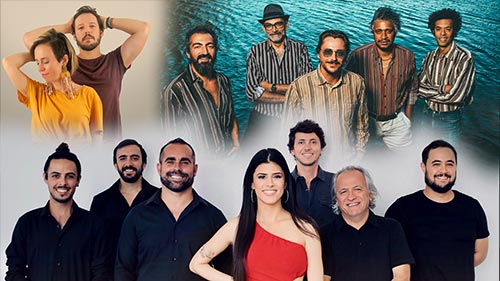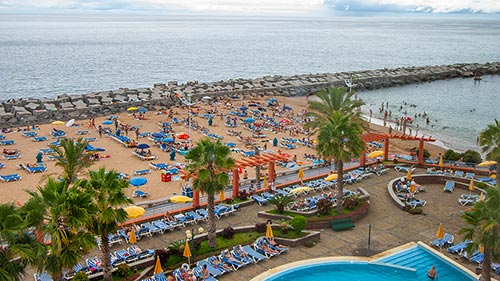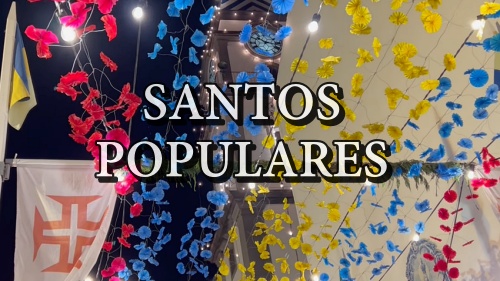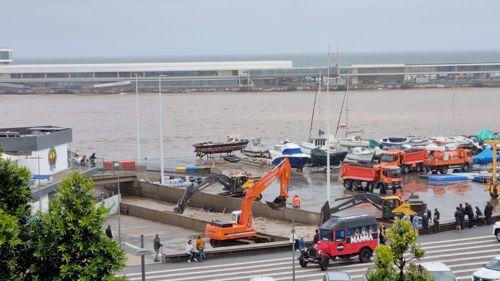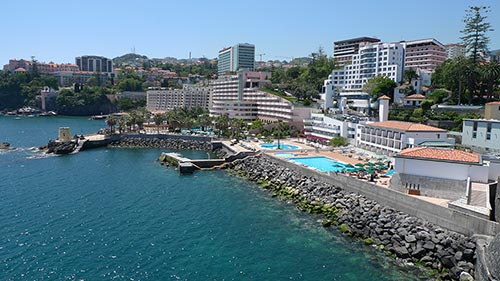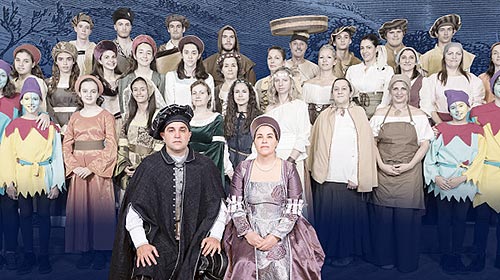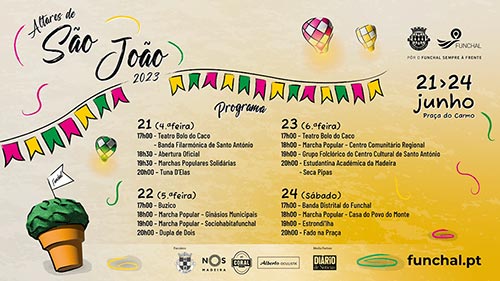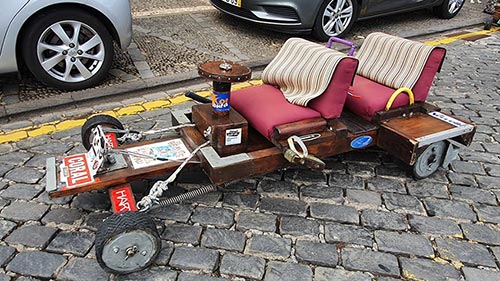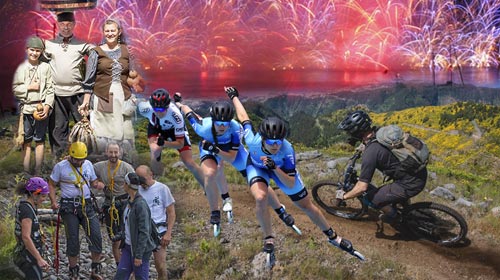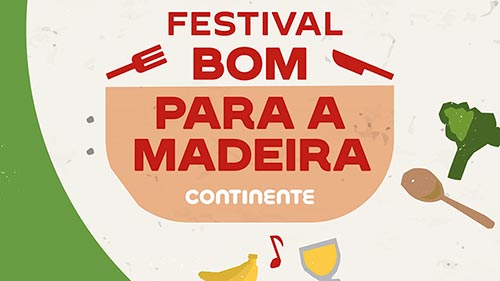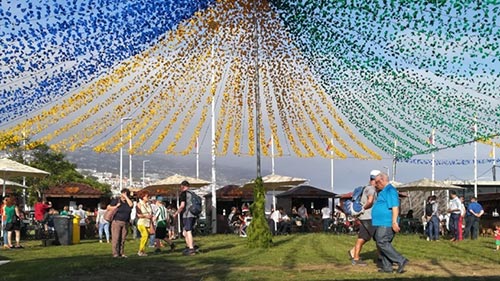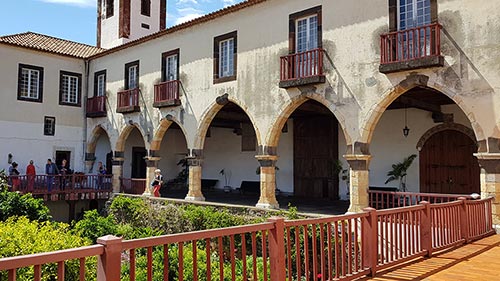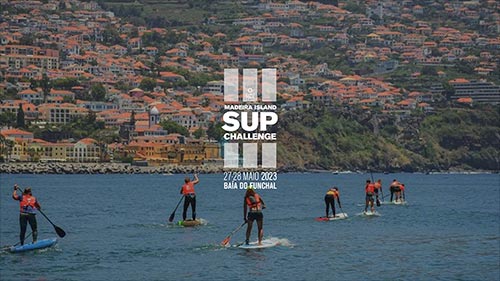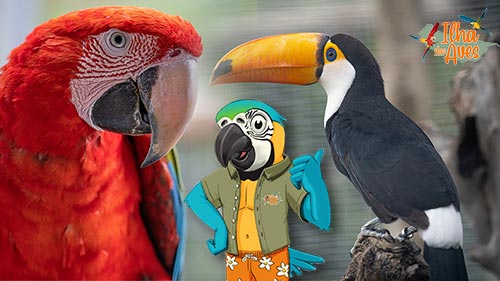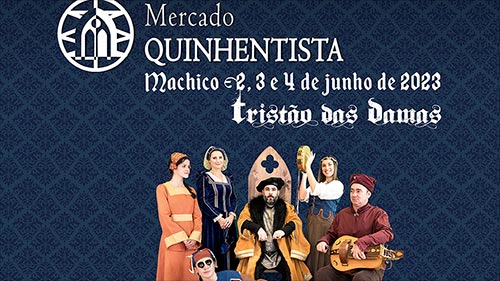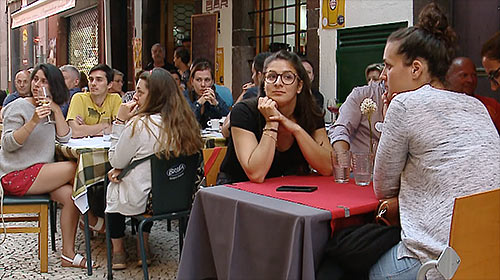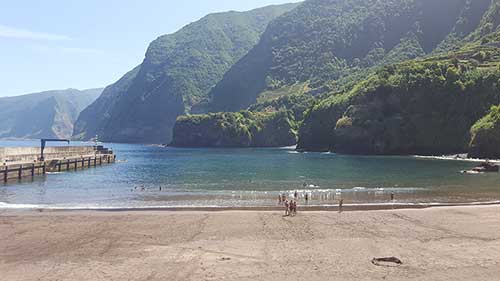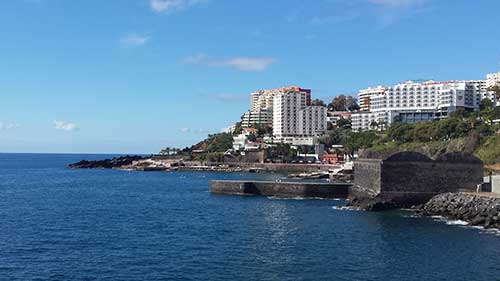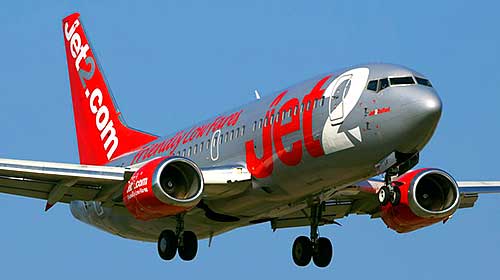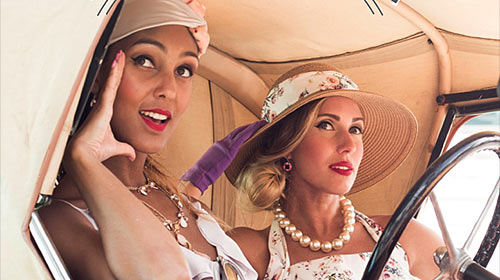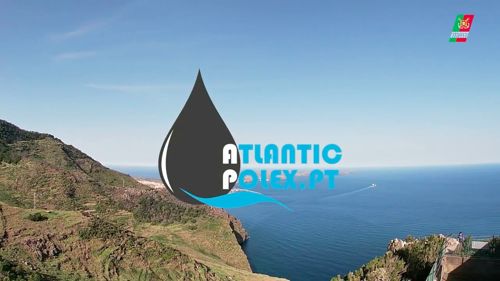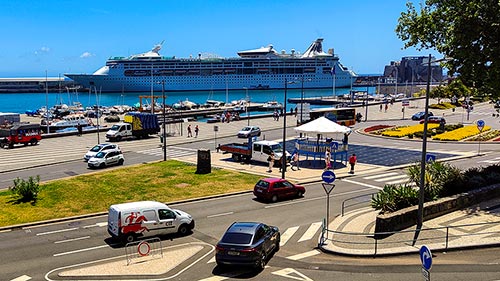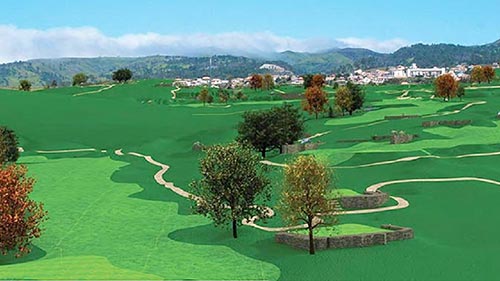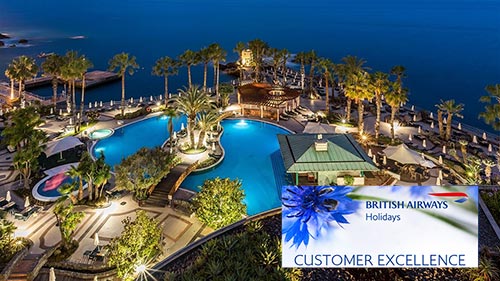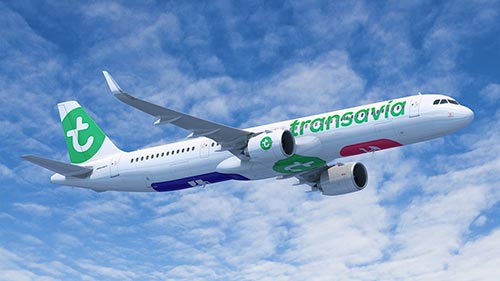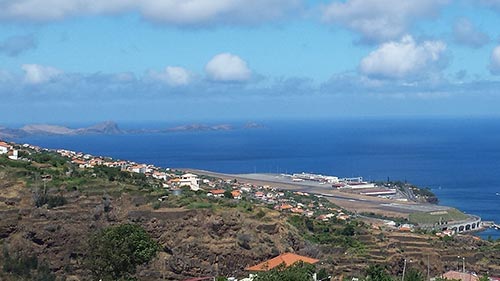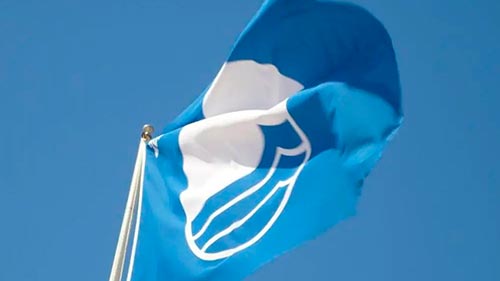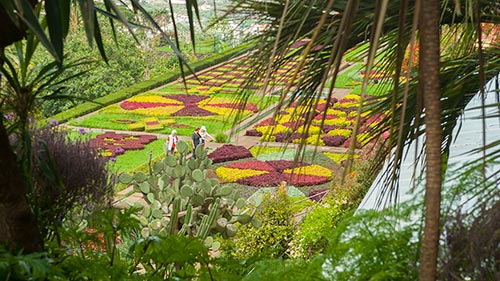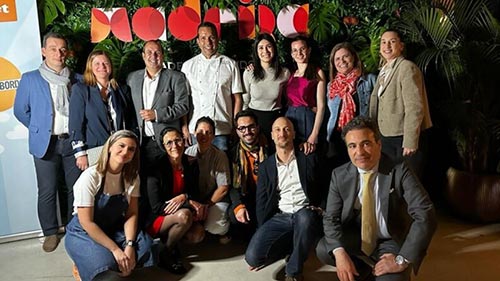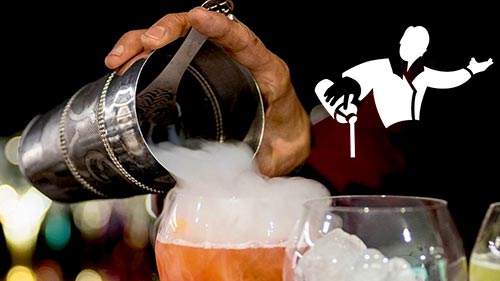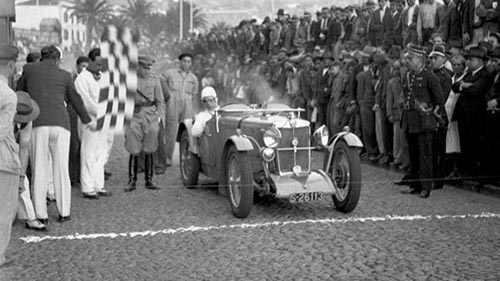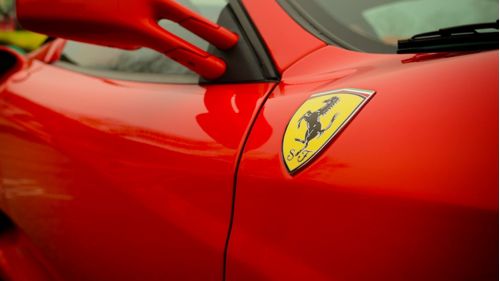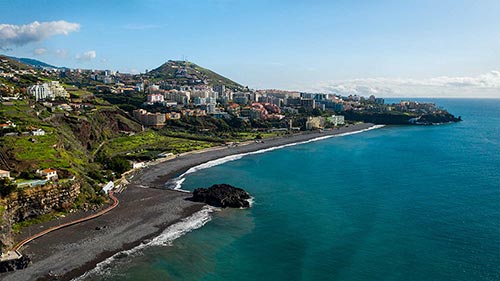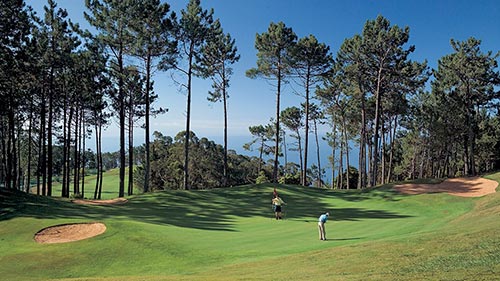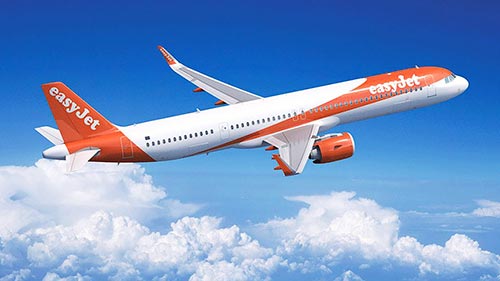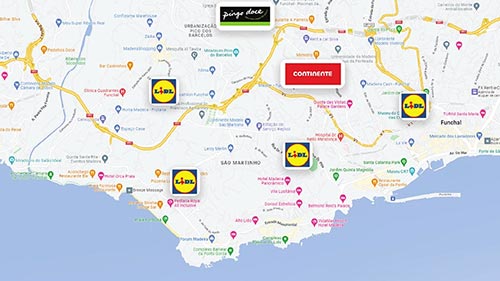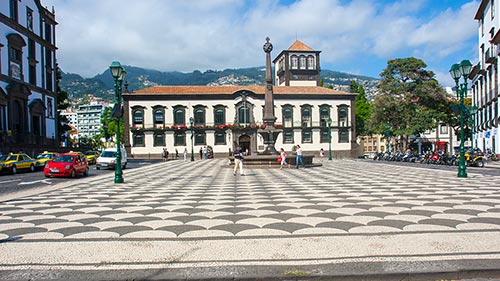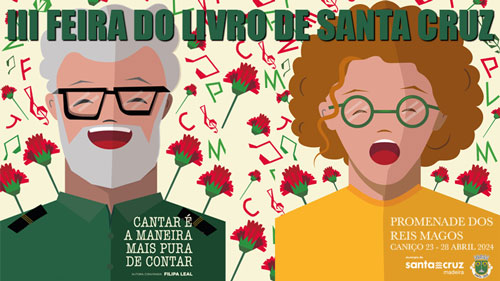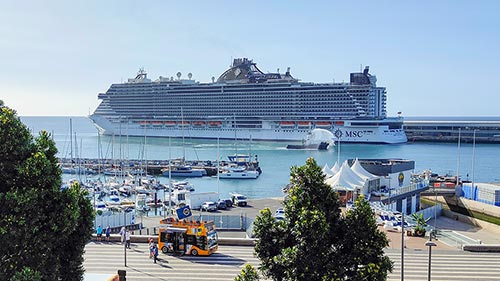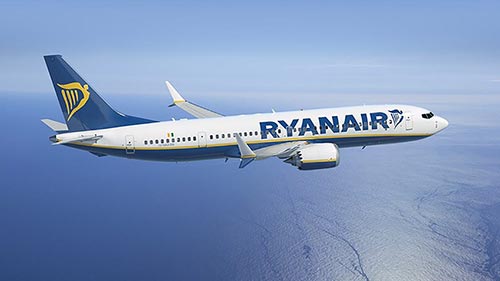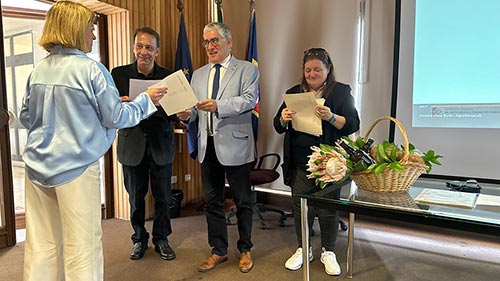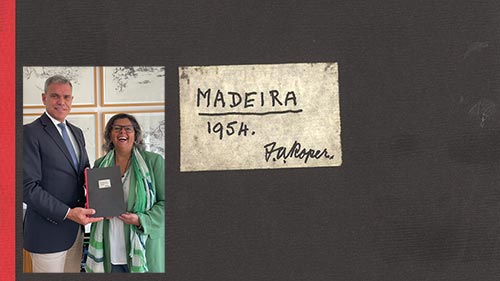The Brazilian Carnival may have been influenced by the spontaneous festivities that began to take place in the streets of Funchal, on the island of Madeira.
There are several historical data and documents that corroborate the thesis of those who believe that the famous "Brazilian Carnival", as we know it today, may have in fact evolved from the primitive "Carnival of Madeira".
It is believed that the Madeira Carnival, one of the first major billboards to appear on this island with a long-standing tradition in the tourist sector, went through various phases before reaching the official status of a tourist billboard in the 1980s, and may have influenced the Brazilian Carnival.
To support this thesis, the Madeiran historian (now deceased), Alberto Vieira, of the Centre for Studies in Atlantic History, recalled that "according to some authors, the origins of the Madeiran Carnival date back to the golden period of sugar production in the sixteenth century, and its connection to slaves," said at the time to the Lusa agency, the historian, stressing that it is a "mixture of pagan, European and African traditions.
According to the highly respected professor and researcher - who left a very valuable legacy with several works and research works - he recalls that when the expansion of sugar in the Atlantic started, from the island of Madeira, "with it also travelled traditions and recreational expressions, so there may be an influence of Madeira in the carnival festivities in Brazil", says Alberto Vieira.
From tradition to today's Carnival
Every year, the Regional Government of Madeira invests thousands of euros in these festivities, which invariably result in a tourist occupation above the annual average, with hotels full of tourists, who then mingle with the popular and local residents, and also with elements of the event's organisation, which usually involves around five thousand people, besides the around two thousand revellers of the various carnival parades.
Carnival in Madeira is currently marked by four distinct moments:
- The 'Festa dos Compadres,' which this year takes place on the 1st, 3rd, 4th and 8th of February in the municipality of Santana (north of the island), which marks the beginning of the Carnival celebrations. It consists of a "confrontation between puppets (the compadre and the comadre) who accuse each other and reveal each other's faults and sins" and, "at the end, both are burnt as punishment, thus relieving social tensions and preparing the community for a new cycle". This festivity is part of the ancient rituals of the passage from winter to spring, and became popular in the 60s of the 20th century. Nowadays, it is a landmark of the municipality of Santana, where thousands of people come to watch the "trial" of the compadres.
- The 'Children's Carnival,' which on the morning of Friday 9th February, the day before Carnival, brings together about a thousand small revellers from various educational establishments in Funchal, parading along the central square of Avenida Arriaga, showing off their Carnival costumes, in an atmosphere of fantasy and excitement;
- The main parade, 'Cortejo Alegórico,' which is always held on "Fat Saturday," will take place on February 10th this year. It is the most publicised and used in tourist promotion, and dates back to the 1970s. Initially it was organised by the Catholic Youth, but in 1980 it was included in the programme of the Regional Tourist Board and ended up being "professionalised". It's the one that today most resembles the Brazilian Carnival, although it has its own identity and is enjoyed by many who visit the island. It is one of the high points of Madeira's festival calendar as "a wave of joy that spreads throughout the archipelago", in fact. The revellers stroll along Avenida do Mar, in the city of Funchal, which is transformed into a sambodrome, in a spectacle of light and colour attended by thousands of people, right in the heart of the capital of Madeira.
- The 'Cortejo Trapalhão' takes place on Shrove Tuesday or Shrove Tuesday. This year it takes place on 13th February, and can be classified as a satirical march, full of cultural heritage and which "arises in the sequence of what was originally done spontaneously in Rua da Carreira, in the first half of the 20th century". With the creativity of the participants having no limits, as it contemplates moments that range from social and political satire, to the simple disguise of characterization, in a parade open to the participation of the public and in general, nationals and foreigners, and can be done individually or in groups, in the different categories of the four classes that make up the classification - Adult Class, Children's Class, Class of the Best Clown, King Clown Class and Travesti. The winners of each category win a monetary prize.
Still on the subject of the Cortejo Trapalhão, it is important to point out that this is considered to be "the most authentic and the one that best reflects Madeiran carnival tradition, when the streets were filled with people disguised in old clothes, handmade masks and faces painted with soot. This popular style, born at the end of the 19th century, contrasted with the private dances that took place in palatial houses and luxury hotels. In the first half of the 20th century, masked revellers gathered in Rua da Carreira in the centre of Funchal where a battle of eggs, flour, water, streamers and confetti took place. The excesses committed here were so serious that, in 1910, the Civil Government issued an edict with prohibitions. Later, in 1948, the use of masks and transvestites were also prohibited. The Rua da Carreira carnival battle ended in the late 1940s, but the Madeirans continued to wear masks and disguises and to roam the streets on Carnival days, and "robbing" private houses was common, forcing the owners to offer mal-assadas (one of the typical delicacies of the time) without ever revealing their identity. In the 1970s, more or less organised groups of revellers returned to the streets of Funchal, in memory of the times of Rua da Carreira, and so the Cortejo Trapalhão was born. Just like the Cortejo Alegórico, it runs along the marginal avenues displaying a wide variety of costumes and social criticisms".
On the island of Madeira, they say "life is two days and Carnival is three! In fact, in Madeira, it's going to be two weeks of festivities that you simply don't want to miss!


 English
English  Português
Português  Deutsch
Deutsch  Español
Español 


